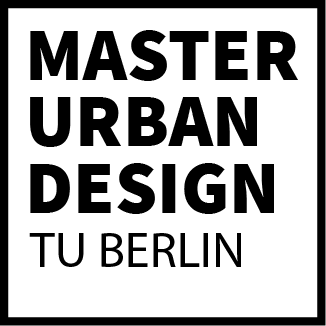“CONNECTING FRAGMENTS: Public Spaces as the Key Infrastructure to Healthy BB 2040” by Julian Hees, Sarah Friedel, Asli Aydin, David Svensson, Saskia Hirtz, Diana Chvirova, Laurenz Blaser
The desire for a healthy city life has always shaped the way cities are perceived and transformed.

The installation of a comprehensive sewer system in the 1870s in Berlin in order to bring cholera under control, Sanatoriums against Tuberculosis like Beelitz Heilstätten, and the rise of garden cities around Berlin as a reaction to the unhealthy tenement living in the early 20th century- these are just few examples of health issues having direct influence on and shaping our built environment.

Through industrialization, Berlin experienced unprecedented growth and development, rendering the city louder, denser and more polluted within a few decades. Since then, the notion of the bustling, hectic, overcrowded and overloading city has been widely associated with the stress it causes to its inhabitants.

The Covid-19 pandemic has changed urban life dramatically. Public life has been shutdown. People are requested to stay at home. Berlin has become a desert, empty, silent, aenestizised. The isolation policy, although successful in pushing back the virus, is taking its toll in other ways. Fatigue, loneliness, depression and anxiety are rising.
Inequality between the rich and the poor is growing. Economic insecurity and restricted housing conditions increase the stress.




